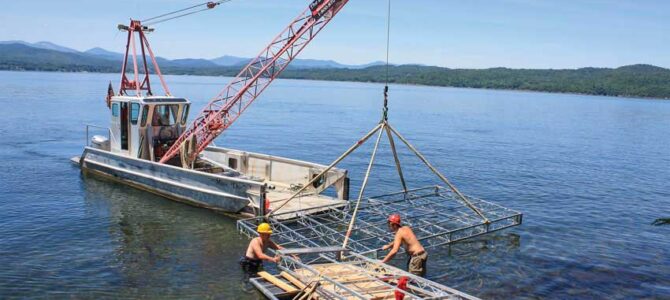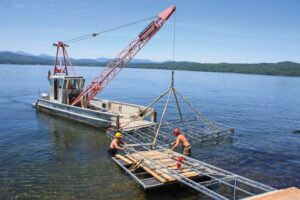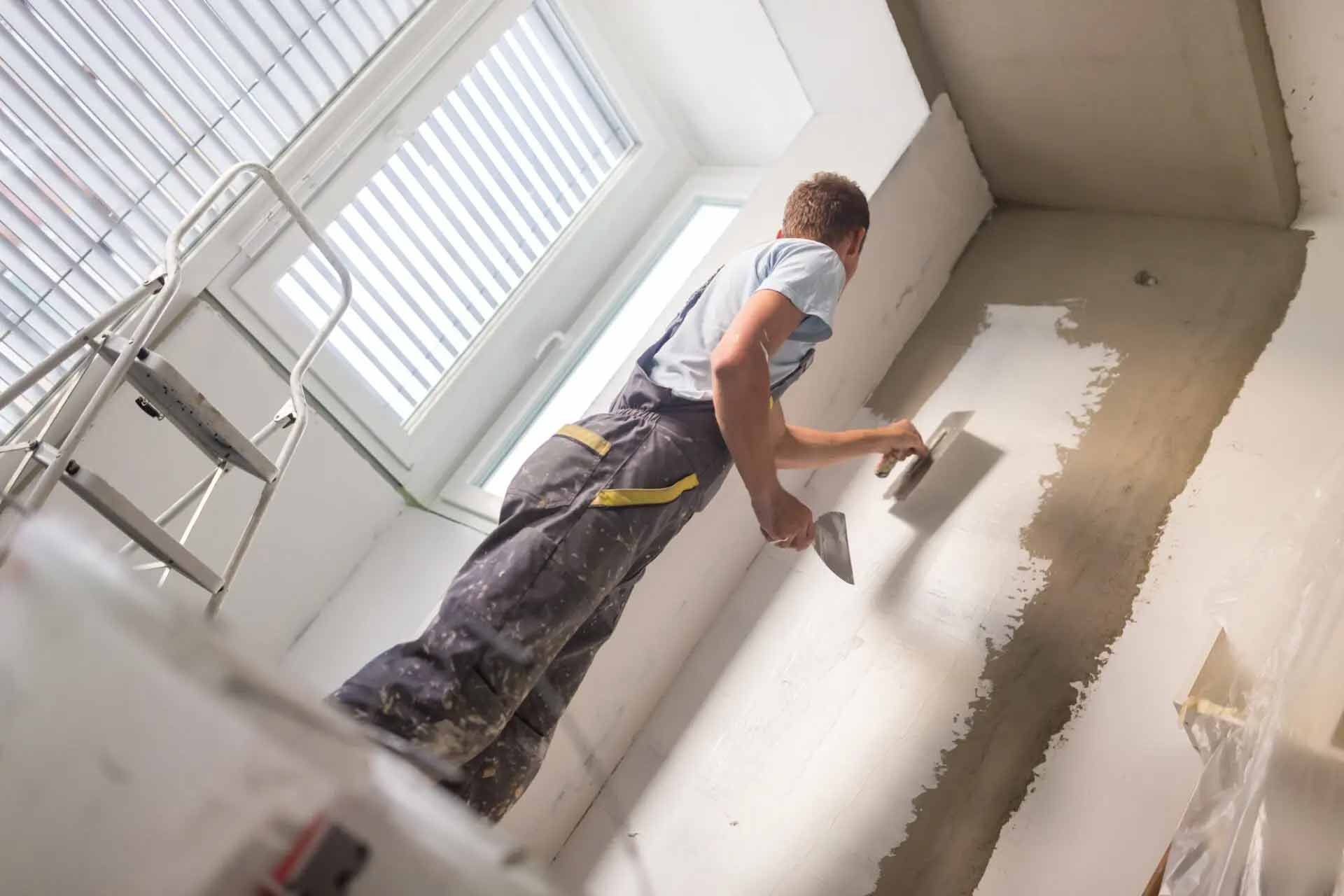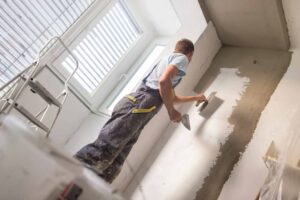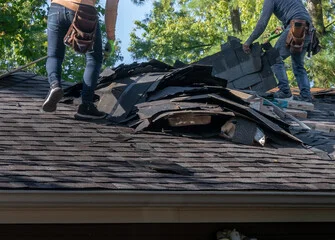Roofing Wilmington DE is the surface that covers a building and protects it from rain, snow, sunlight, extreme temperatures, and wind. It also keeps pests like birds, squirrels, and raccoons out of your house.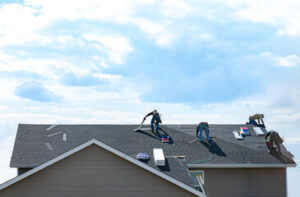
Roofs are available in a variety of materials and styles. Homeowners can choose from shingles, tiles, metal, and wood.
A roof protects a building’s occupants, contents and structural elements from rain, snow, sunlight and extremes of temperature. Over the centuries, roofs have been designed in a variety of forms to accommodate specific technical, economic or aesthetic considerations.
Roofing contractors must use proper personal protective equipment (PPE) to ensure the safety of their workers. Workers can be exposed to a variety of hazards, including falls from heights and exposure to heat produced by power tools. In addition, debris can fall on workers or get in their eyes. To minimize these hazards, employers should conduct regular toolbox talks and provide training on the risks associated with specific equipment or current weather conditions.
To prevent falls, contractors should install guardrails where work will be conducted within 15 feet of a roof’s edge. They should also implement and uphold a policy that forbids workers from approaching within this area without appropriate fall protection, such as harnesses, personal fall arrest systems or travel restraint systems.
Underlayment is a layer of water-resistant paper that’s placed over plywood sheathing and sealed with membrane and vapor barrier to prevent damage from moisture. It can be made from a variety of materials, including plastic and modern composite substances or metals such as copper, aluminum and lead. Flashing is sheet metal or other material installed at joints in a roof system to prevent water from infiltrating the structure. It can be made from polyethylene or other plastics, metals or modern composite materials.
Depending on the manufacturer, extended warranties are available that cover the entire roof system and offer additional coverage for specific periods. These warranties often include installation workmanship and material defects, offering peace of mind against unanticipated issues.
Durability
A roof is a vital part of any structure, providing protection from rain, snow, sunlight, and wind. Choosing durable roofing materials that can endure the elements translates into lower repair and replacement costs in the long run.
Durability also plays a critical role in ensuring that a building’s structure and its occupants remain safe from leaks and water damage. This is especially important since moisture can lead to structural damage, wood rot, mold growth, and other issues that impact the health and safety of a building’s inhabitants. Leaks are commonly caused by problems such as flashing, skylights, and plumbing vents, all of which can be easily fixed with a quick call to your local roofing contractor.
The durability of a roof is determined by the quality of its materials, as well as its installation standards and regular maintenance. Many of these factors are influenced by the weather conditions and climate of the area in which a building is located. In addition, a building’s owner may wish to add certain features, such as insulation, that can improve the overall durability of the roof.
Historically, asphalt shingles and wood shakes were the most popular roofing materials. However, as technology and environmental concerns have evolved, new options have become available. Modern roofing is made from a variety of materials, including corrugated metal and polycarbonate panels. Some of these are naturally resistant to corrosion, making them a good choice for coastal areas or regions with high humidity.
Other durable roofing materials include fiberglass, which offers superior strength and resistance to moisture. Other options are ceramic coatings, which reflect sunlight and reduce the amount of heat that is absorbed by the roof, and polymer-based formulations, which provide excellent resistance to chemical exposure.
Many of these roofing materials can be recycled, which further promotes sustainability. Durability is one of the main reasons why facility managers consider roofing to be a major component in their green construction efforts. Unfortunately, some roofs are thrown away prematurely due to a lack of adequate maintenance. To help avoid this, facility managers should ensure that their roofing is equipped with the right tools and training to perform regular inspections and repairs.
Aesthetics
Although it is important for roofs to provide protection and functionality, they also play an essential role in the aesthetics of a building. Homeowners and occupants alike derive personal satisfaction from living in a visually appealing building, and the right roof can provide a cohesive and pleasing architectural style that harmonizes with the surrounding environment. In addition, a roof can enhance the curb appeal of a property and contribute to its overall value. Some communities and homeowner associations even enforce roof aesthetic standards to maintain a uniform and attractive look in a neighborhood.
Aesthetic roofing materials and colors can make a huge impact on the look and feel of a building.
Energy Efficiency
There are many ways that homeowners and business owners can reduce their energy costs and environmental impact through home renovation projects, including installing solar panels and using efficient appliances. But perhaps the most effective and economical approach is through roof improvements that maximize a building’s energy efficiency.
The roof is a significant contributor to a building’s heating and cooling costs, so it makes sense that the roof would play a role in reducing its overall energy consumption. One way to do this is by implementing energy-efficient roofing solutions that help keep the indoor environment comfortable without overworking climate control systems.
Typically, energy-efficient roofs are made of reflective materials that absorb less heat than traditional materials. They also feature vents and fans that help to promote air movement, preventing trapped hot or cold spots in the indoor environment. Energy-efficient roofs can also be designed to incorporate insulation, which further reduces energy consumption and improves comfort.
It is important to note that energy-efficient roofs not only save money on energy bills, but they can also help to minimize the stress placed on electrical systems during peak demand times. As such, these roofs are a smart investment that can provide long-term cost savings.
Taking advantage of rebates and incentives offered by federal, state, and local governments can also help to make these roofs more affordable to install. Additionally, professional energy assessments can be conducted to identify the areas in a home where improvements are needed, allowing homeowners and businesses to better manage their energy use.
In addition to reducing energy costs and improving comfort, energy-efficient roofs also support environmental sustainability by minimizing greenhouse gas emissions and energy consumption. This is because fewer fossil fuels are used to power buildings, which in turn leads to lower carbon footprint and contributes to the fight against climate change.
While the roof may not be the first thing that comes to mind when thinking about green living, it can have a huge impact on a building’s energy efficiency and environmental impact. In order to reap the many benefits of a green living lifestyle, it is essential to have an energy-efficient roof that is made with sustainable materials.

